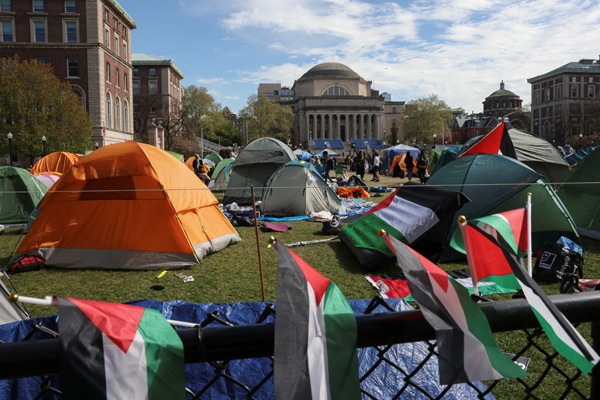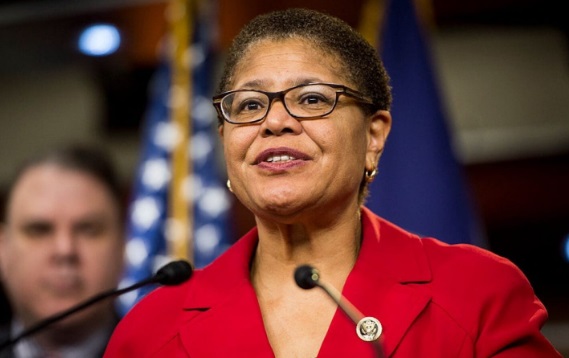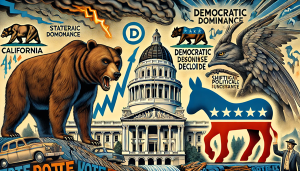Governor Gavin Newsom has signed a bill into law that reintroduces harsh criminal penalties targeting large-scale theft operations and “smash and grab” robberies. This move appears to be a response to growing voter discontent across the state.
Under the new law, prosecutors must seek tougher sentences for individuals who destroy or damage property worth over $50,000 while committing a felony. A similar law expired in 2018, and this new legislation will remain in effect until 2030.
In a statement, Governor Newsom said, “California already has some of the strictest retail and property crime laws in America, and we’re making them even tougher with recent legislation.” He added, “We can be tough on crime and smart at the same time. We don’t need to return to failed policies of the last century.”
This decision is seen as part of an effort by Democratic leadership to prove they are sufficiently tough on crime. At the same time, they are trying to persuade voters to reject Proposition 36, a ballot initiative that calls for harsher punishments for repeat theft offenders and drug-related criminals.
The issue of theft has become increasingly problematic in California and other regions in recent years, with large-scale “smash and grab” thefts reaching crisis levels. These crimes, often captured on video and shared on social media, have drawn particular attention to California’s retail theft problem.
However, the new law does not address issues such as juvenile crime, drug addiction, and prostitution, leading some to question its comprehensiveness. Experts note that while the law focuses on large-scale theft and robbery, other significant social issues require equal attention and solutions.
Critics argue that the governor and Democratic Party’s efforts to block Proposition 36, which was initiated by citizens, are undemocratic and go against the principles of protecting residents and upholding democracy. They contend that these actions do not reflect the behavior of responsible politicians who should be safeguarding the interests of the people and democratic values.
As California grapples with these complex issues, all eyes will be on how the state government approaches these challenges in the future.


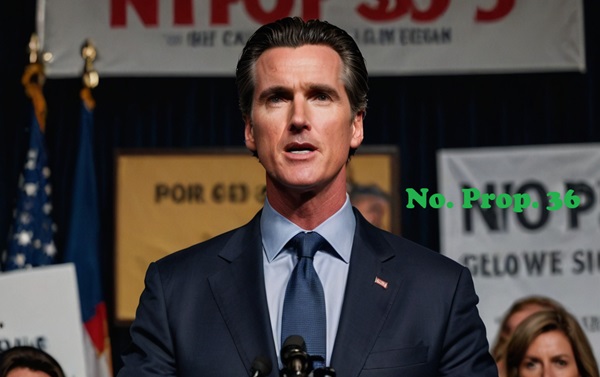






















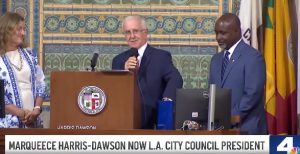

















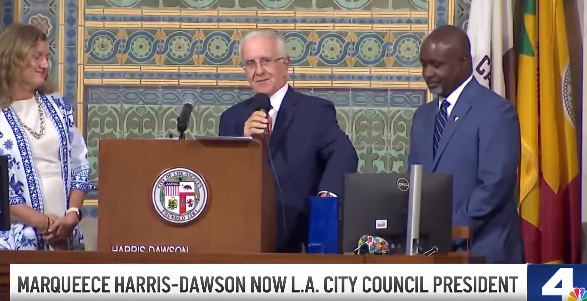







 LA도 한인 사망사례 빈발
LA도 한인 사망사례 빈발







